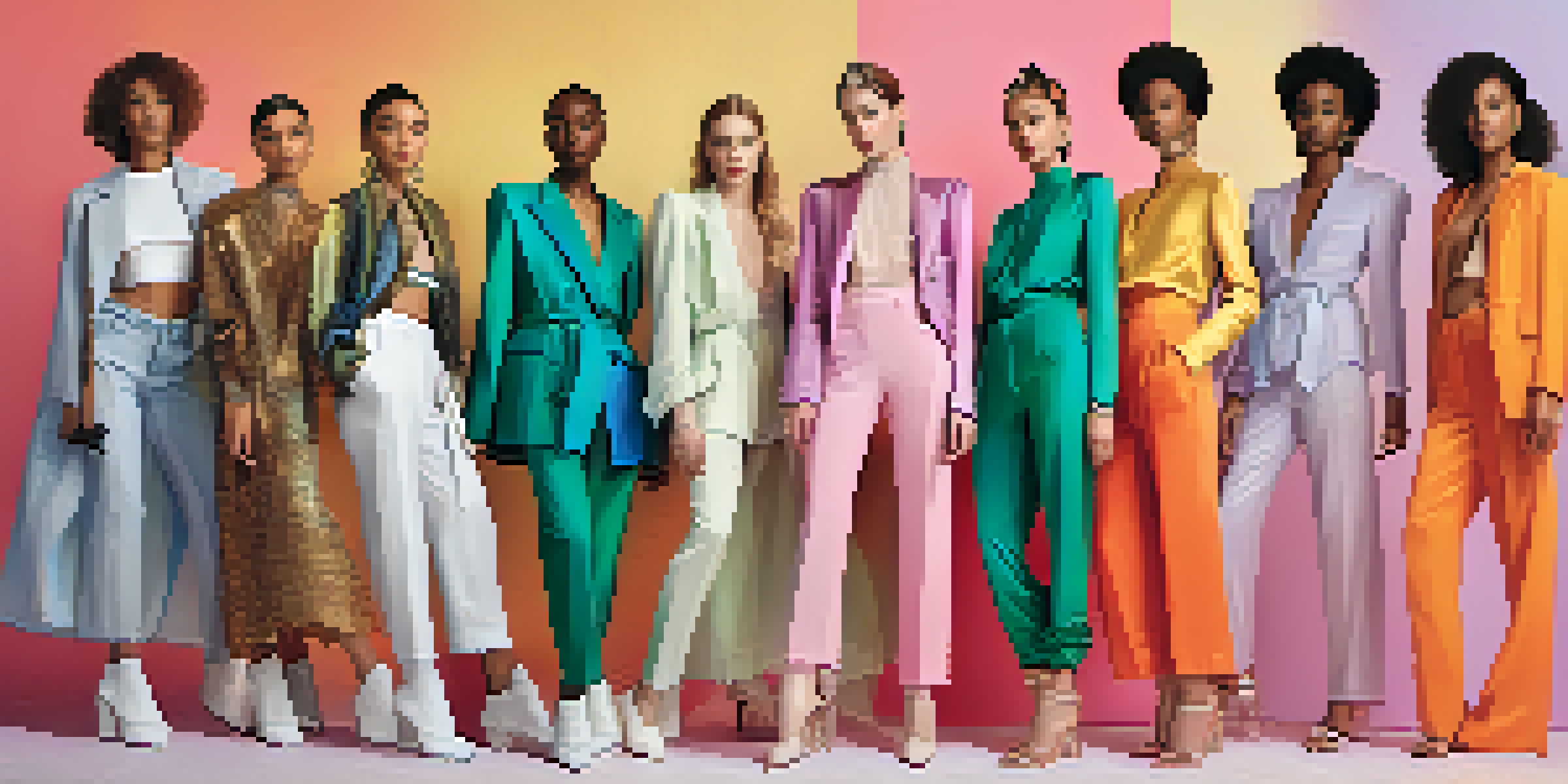The Role of Fashion Magazines in Shaping Gender Norms

Introduction: The Intersection of Fashion and Gender
Fashion magazines have long been at the forefront of cultural discourse, serving as both trendsetters and mirrors of society. They influence how gender norms are perceived and enacted, shaping what is deemed acceptable for men and women. Through their pages, they can either reinforce traditional roles or challenge them, sparking conversations about identity and self-expression.
Historical Context: Evolving Gender Representations
Historically, fashion magazines have reflected the societal norms of their time, often perpetuating rigid gender stereotypes. For example, the mid-20th century saw magazines emphasizing domesticity for women, while men were portrayed as rugged and adventurous. As societal values have shifted, so too have the representations in these magazines, adapting to more fluid understandings of gender.
Fashion Magazines Shape Gender Norms
Fashion magazines influence societal perceptions of gender by either reinforcing stereotypes or promoting progressive representations.
The Power of Imagery: Visual Impact on Gender Norms
Imagery plays a crucial role in how gender norms are shaped by fashion magazines. The photoshoots, advertisements, and cover models chosen impact readers' perceptions of beauty and desirability. For instance, the portrayal of diverse body types and gender expressions can challenge traditional norms and expand the definition of beauty.
Challenging Stereotypes: Progressive Trends in Fashion
In recent years, many fashion magazines have taken bold steps to challenge stereotypes and promote inclusivity. Features showcasing non-binary models and gender-fluid fashion help broaden the narrative around gender. These progressive trends not only empower individuals but also encourage society to embrace a more expansive view of gender identity.
Imagery Promotes Diverse Identities
The visual content in fashion magazines plays a crucial role in expanding definitions of beauty and challenging traditional gender norms.
Audience Engagement: Readers' Influence on Gender Norms
Readers of fashion magazines are not just passive consumers; they actively engage with the content, influencing the direction of gender norms. Social media platforms amplify this interaction, allowing readers to voice their opinions and preferences. This engagement can lead magazines to evolve, responding to the demand for more diverse and inclusive representations.
The Role of Advertisements: Marketing Gendered Products
Advertisements in fashion magazines often reinforce or challenge existing gender norms through the products they promote. For example, campaigns targeting women may perpetuate beauty ideals, while those aimed at men may emphasize power and strength. However, some brands are now using their platforms to promote gender neutrality, blurring the lines between traditional gendered marketing.
Reader Engagement Drives Change
Active reader engagement and social media interactions prompt fashion magazines to evolve towards more inclusive and diverse representations.
The Future of Fashion Magazines: Inclusive Representation
Looking ahead, the future of fashion magazines seems to be leaning toward greater inclusivity and representation. This shift reflects a broader societal change that recognizes the importance of diverse voices and experiences. By embracing a wide array of gender expressions, magazines can not only stay relevant but also help shape a more accepting culture.
Conclusion: Fashion as a Catalyst for Change
In conclusion, fashion magazines play a pivotal role in shaping and reshaping gender norms. They can either reinforce outdated stereotypes or act as catalysts for change, encouraging more inclusive narratives around gender identity. As these publications continue to evolve, they hold the power to influence societal perceptions and foster a culture that celebrates diversity.